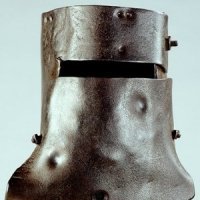Cai + Partition D.I.Y Information
Announcements
-
Latest Posts
-
Great write ups / details / photos. I'm sort of on the road to E90 ownership (325i or 330i), haven't hit the fork in the road yet "Yes" | "No", and some of the issues you've faced have me nervous for the age these are getting to nowadays (that wiring, jesus), but I'm guessing the pro's of ownership are still outweighing the con's? Of course, if the bloody tattslotto ROI actually went my way...E90 M3. And I'd have the cash to do all the extra lovely maintenance THOSE require. 😄
-
By Dose Pipe Sutututu · Posted
They sure do, great for when you need to chuck a sickie 😅 You should definitely give the beast a squirt on the track, great to enjoy the car -
By tridentt150v · Posted
had mine powder coated a hundred years ago [ok, over 20 years ago] and they are fine -
Just want to say that the wheel choice is... choice 😅 What a beautiful example of a tastefully modded 32GT-R
-
never been do they do mid week track days.. I am just about to ordered Nismo suspension arms I might have to put them in use,, I've been looking at you You tube Vids..lol
-







Recommended Posts
Create an account or sign in to comment
You need to be a member in order to leave a comment
Create an account
Sign up for a new account in our community. It's easy!
Register a new accountSign in
Already have an account? Sign in here.
Sign In Now